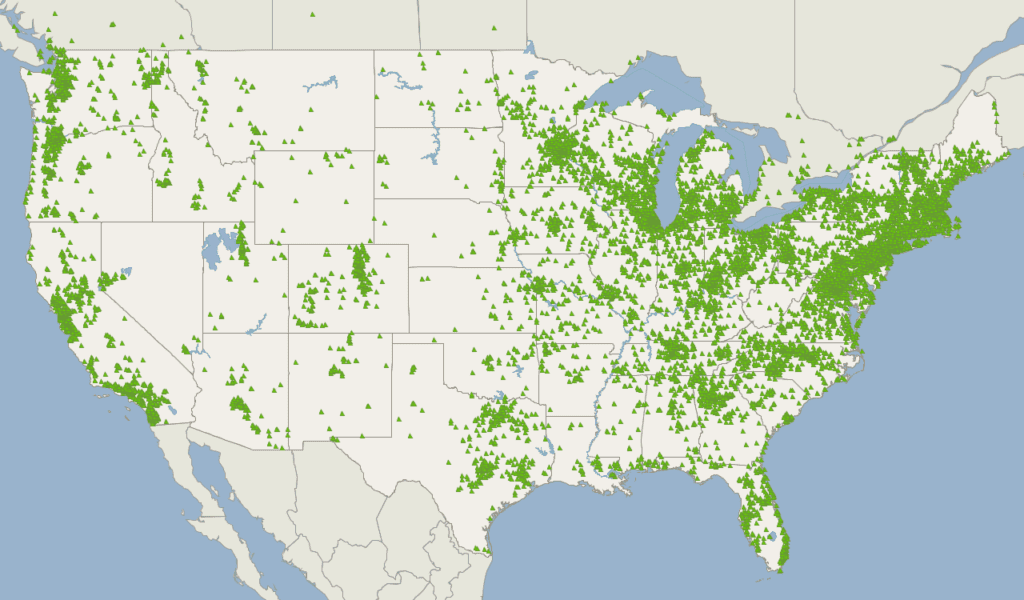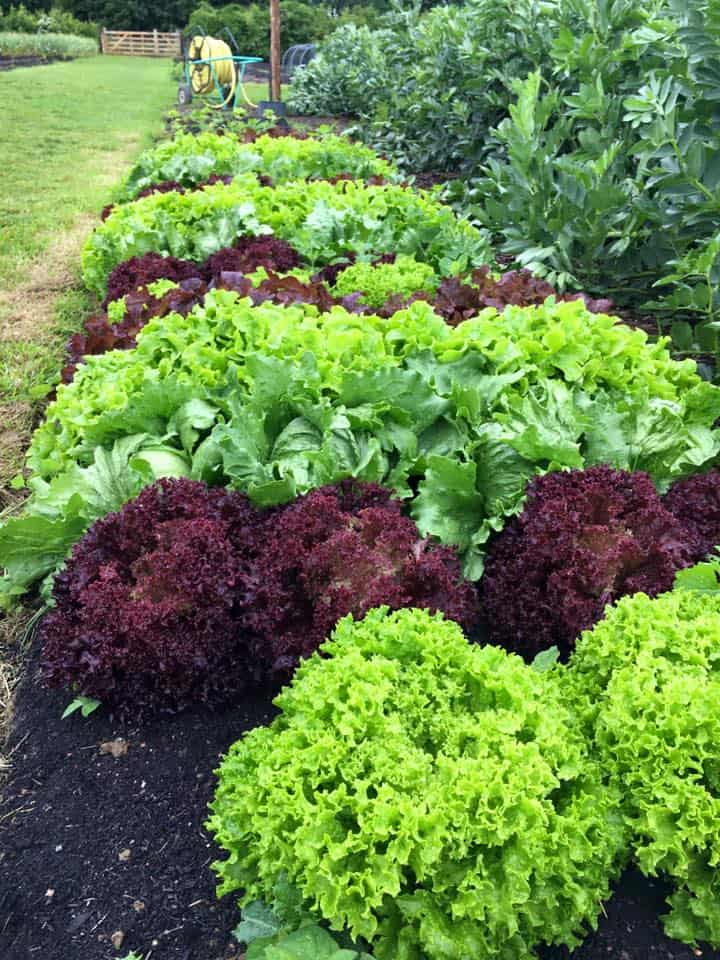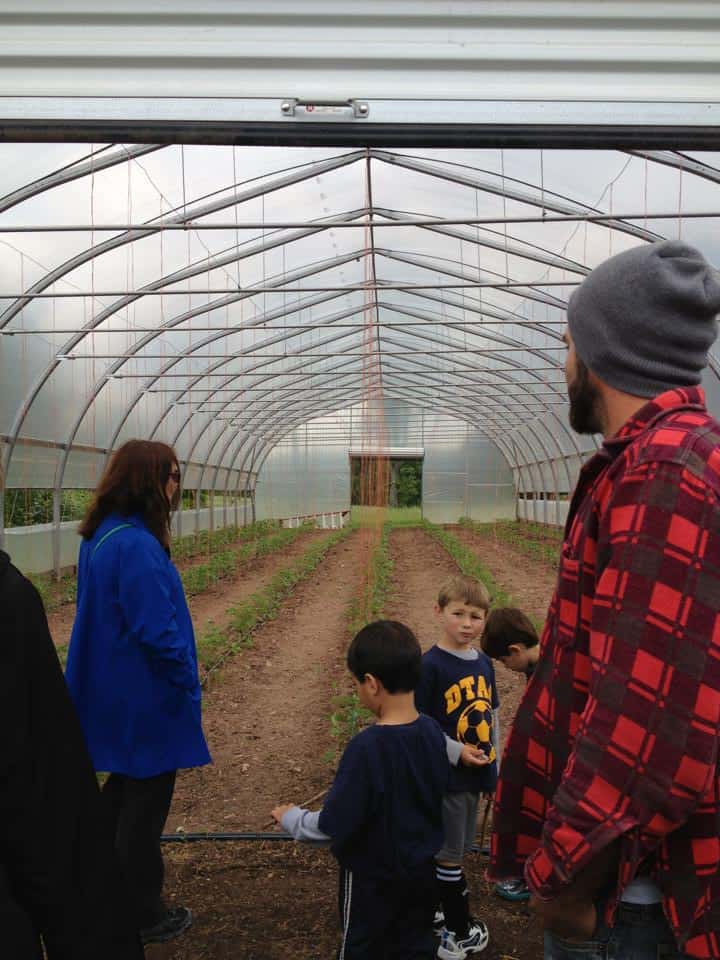What is a CSA Farm Share
Fall is when most people sign up for a CSA farm share for the next season. Not sure what I’m talking about?
Then, I’m glad you made your way over to this primer on farm shares and CSA or community support agriculture. My plan is to explain what CSA farm shares are, how you can find one to join and how my family benefited from belonging to one.
What is a CSA Farm Share
CSA stands for community supported agriculture. Some people refer to this as a CSA farm share.
Why a farm share? Because most CSAs are centered around a local farm near you.
In the nearly two decades that our family lived in the Philadelphia suburbs, we belonged to three different CSA farm share programs. Two were near us in New Jersey. The third was in Pennsylvania.
How does a CSA farm share work
Every person who joins a CSA is getting a membership at a local farm. It’s usually one-growing season long.
Then, this CSA membership is a “subscription” to a local organic farm. Usually this takes one of two forms.
On the one hand, with the CSA farm shares I joined, I was allowed a weekly pick of fresh, organically grown produce. Sometimes I was literally in the fields picking the vegetables I would take home.
At other times there was a barn where your weekly share was laid out. That is, you brought reusable bags and took a specific amount of produce.
Save this article and we’ll send it to your inbox. Plus, we’ll send you more great links each week.
Here are stores where reusable bags save you money.
There were limits. For example, if that week’s selections included purple potatoes, kale and just-picked watermelon, I might be limited to one watermelon, one bunch of kale and a pound of potatoes. (There was always a scale nearby.)
On the other hand there are CSA farm shares that deliver a farm box each week. This is usually at a centralized drop off or pick up location.
Why do people join a CSA farm share
According to Local Harvest, a website devoted to connecting people with organic and locally grown food, CSA farms are becoming increasingly available and popular to people who want to know where their food is being grown.
Fifteen years ago or so, there were only 50 such farms in the United States. Today, there are more than 1,000.

The map above, courtesy of Local Harvest, shows the concentration of CSA farms in places like the East Coast and the Upper Midwest. (Click here to visit Local Harvest’s search page for a CSA near you.)
If you’re unfamiliar with how a CSA works, here’s a brief primer.
How to join a CSA farm
For starters, though the CSA farm growing season begins in the spring, many people sign up for their share at the end of the previous growing season. That means the late fall.
It’s important to join a CSA in the fall. There are limited numbers of shares in the farm.
Therefore, when the spaces sell out, that’s it. You can’t join.
When you join, you’ll choose what kind of “share” you want. With our CSA farms, we usually joined with a half share.
How much does a CSA membership cost
A half share cost $400 and provided just enough produce for my family. However, it might be more economical for you to buy a full share and then split with friends.
For example, the first two CSAs we joined, we bought full shares. They were about $800.
However, we split them with one or two families. This worked out well for everyone involved.
How does a CSA work
You sign up in advance, you pay in advance, and the farm limits how many folks can join. This is probably to ensure that everyone gets their fair share of fruits and vegetables, and to manage crowd control on pick-up days.
While this fee covers the price of the fresh produce you’ll take home during the 20-week season, that money does much more for the farmer who owns and runs the CSA. It covers their production expenses, including seeds, water, equipment, labor and much more.
Since most CSA subscriptions sell out long before a single seed is sown, this guarantees a farmer a living wage for the crops to come.
Different kinds of CSA memberships
Some farms, though, expect that you’ll pay to join and volunteer as part of your membership. I’ve joined CSA farms that require volunteer hours. Also, I’ve joined farms that don’t.
Your volunteer time is spent in different ways. For example, one farm needed people to help with harvesting. So you earned your volunteer hours that way.
Another farm had a weekly newsletter. So, I volunteered to help write and edit the newsletter as part of my volunteer hours.
CSA subscription options
The farm I used to belong to gave you two subscription options. I could drive 25 minutes to the farm, where I was able to choose produce based on what had been harvested that week and what I thought my kids’ picky palate could handle.
Or, for an additional fee, I could pick up my box of produce at a satellite location near my house. I chose the former option, because I thought a weekly visit to the farm would be a good learning experience for my children.
It was. My daughters enjoyed walking in the fields amongst the eggplants, peppers and lettuce and then creating their own “salad bar” when they got home.

One week, they were able to pick their own raspberries and sunflowers. Some CSAs also offer fresh eggs, herbs and whatever else they “grow” on the farm.
Here are some produce storage ideas.
Farm share delivery
As far as satellite locations go, these are also known as farm share delivery services. They are popular with city residents.
I know many people who are able to belong to a CSA despite their living miles away from an actual farm. Other CSAs allow for share pick-ups at a local farmer’s market.
CSA member events
Usually, in early spring, the CSA farm would hold a member event. This might be a tour of the gardens or a preview of the produce the farm will be growing that coming season.
Below is a picture I took at one such member event. Here, the farmer was showing us how they start their plants in greenhouses.

